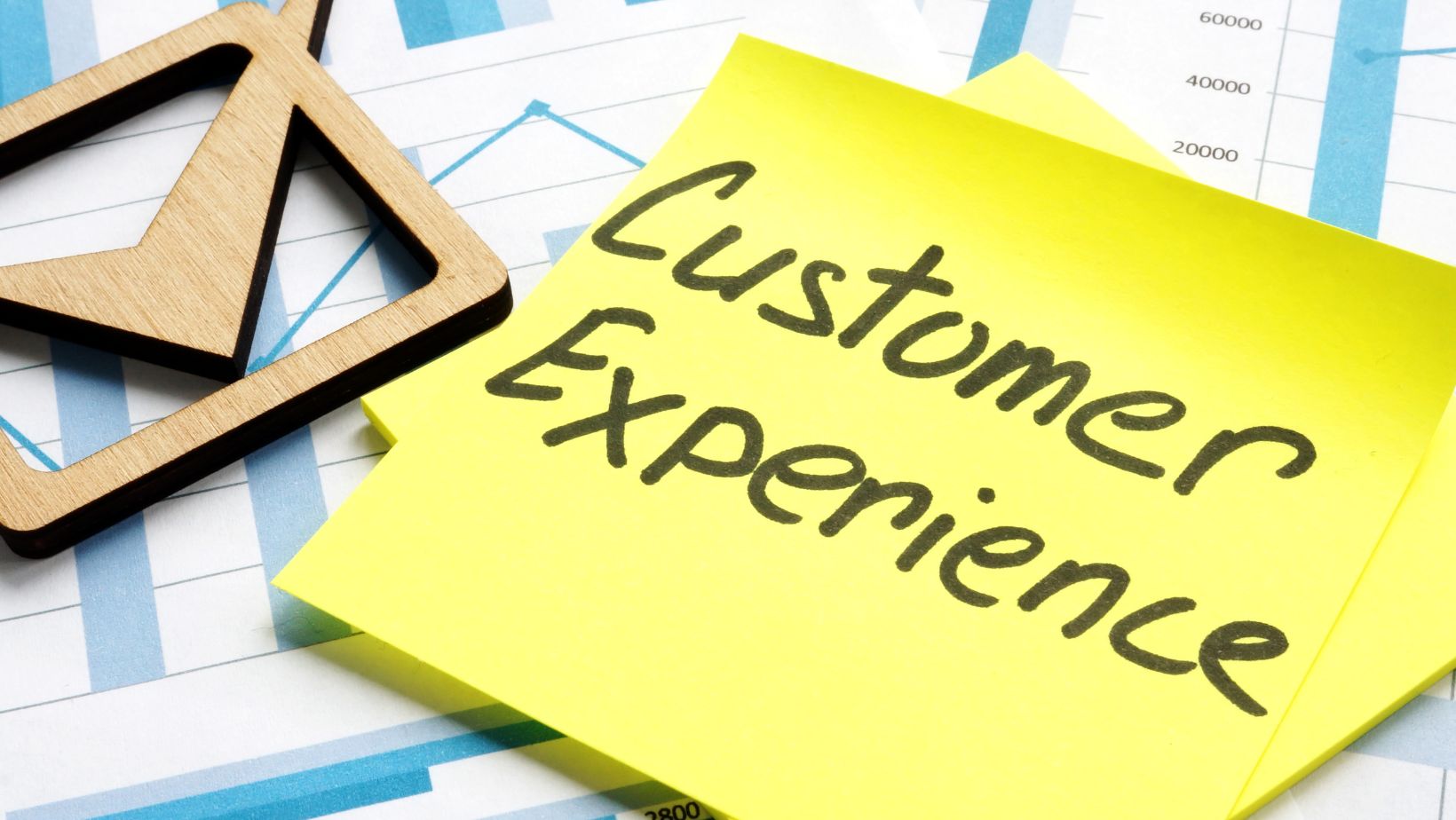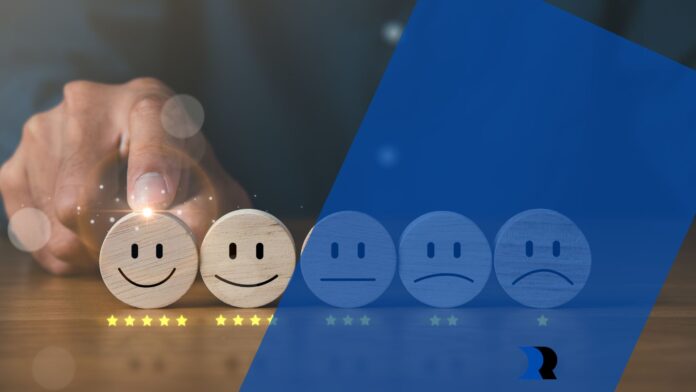Customer experience (CX) is all about how customers feel when they deal with your brand. It’s the whole vibe they get—from the first ad they spot to how easy it is to buy stuff, and even how you treat them later on.
A solid CX plan isn’t just about doing what’s expected; it’s about doing even more. When customers feel good and have a great time, they usually stick around. They tell their friends, and they keep buying from you. These days, people have tons of choices, so CX can make or break a business. In today’s online-first world, this also extends to digital customer experience, which covers how customers interact with your website, mobile apps, and digital touchpoints.
What is customer experience?
Simply put, CX is the perception a customer has about your brand throughout their journey. Think of it as the foundation of your relationship with them.
A lot of people confuse CX with just having a fancy store, a smooth website, or polite staff. Those things matter, yes, but CX is much bigger than that. It includes:
- Seeing your ad for the first time
- Browsing your website or app
- Walking into your store
- Buying and using your product/service
- Talking to your support team afterwards
Every little interaction adds up and forms how customers see your brand. A good CX means putting their needs first, making things simple, fixing problems fast, and always improving based on feedback.
CX vs. Customer service
Here’s where many people go wrong: CX and customer service are not the same. Customer service is just one part of the bigger picture—it’s the reactive side, like when a customer asks for help.
CX, on the other hand, is the whole journey. Every touchpoint, whether it’s proactive or reactive, counts. And in the end, CX decides whether a customer will stick with you or move to your competitor. Advanced solutions like agentic AI are already bridging the gap—making service proactive by anticipating needs before customers even raise them.
Why customer experience matters
A solid CX program does more than keep customers happy. It affects revenue, loyalty, reputation—the whole growth cycle. Let’s break it down.
1. Boosts revenue and sales
- Repeat purchases: Happy customers keep coming back.
- Word of mouth: Satisfied people recommend your brand to friends & family.
- Higher spending: Loyal customers usually spend more over time.
- Upselling & cross-selling: If they trust you, they’ll consider more offers.
- Product feedback: Their input helps you make better products.
At the end of the day, better CX = more trust = more money.
2. Saves costs
It’s way more expensive to get new customers than to retain old ones. A positive CX lowers churn, reduces the need for expensive recovery campaigns, and even saves on marketing and support costs.
3. Builds loyalty and retention
Research says about 65% of revenue comes from existing customers. When CX is strong, people stick around longer, convert better, and often don’t mind paying a premium for a brand they trust.
4. Lowers customer churn
Churn is just how many customers you lose. If they have a great time doing business with you, they will probably stick around even if a competitor tries to win them over.
5. Gives valuable insights
When you really listen to customer feedback and see how they use your service, you can learn what they want, what bugs them, and where the market is headed.

This is super helpful for staying competitive.
How to improve customer experience
CX isn’t something you fix once and forget. It’s ongoing. Here are some practical ways to make it better:
1. Collect more signals
Don’t just rely on boring surveys. Look at purchase behavior, website data, support chats, and social media conversations. More signals = clearer picture.
2. Map the customer journey
Lay out every touchpoint and see where customers face problems. This helps align your processes with what they need.
3. Do social listening
People are already talking about your brand online. Use that to your advantage: track reviews, tweets, and posts to see what’s working (and what’s not).
4. Analyze sentiment with AI
Collecting feedback is step one, but understanding emotions is the real deal. Tools powered by AI/NLP can show whether people are frustrated, happy, or disappointed—so you can act faster.
5. Share feedback across teams
CX isn’t just a “support team” job. Marketing, product, sales—everyone should know what customers are saying. If people complain about the app, that info should reach the dev team, not just support.
6. Connect CX with Employee Experience (EX)
Happy employees = happy customers. When employees feel valued, they naturally deliver better service. Businesses that focus on both CX and EX usually have stronger reputations, better retention, and steady growth.
Conclusion
Customer experience is super important. It shapes how people see your brand and if they trust you. Every interaction counts, from the start to keeping customers happy long-term.
Good customer experience means more money, fewer customers leaving, happier workers, and customers who recommend you. Mess it up, and you’ll pay with higher costs, a bad name, and losing customers fast.
The best businesses get that customer experience is something you always have to work at. Listen to what your customers say, plan out their experience, use data the right way, let your employees fix problems, and line up your customer experience with what your company wants to achieve. That’s how you make sure people are not just satisfied, but really wowed. That builds loyalty, growth that lasts, and success in the long run.


